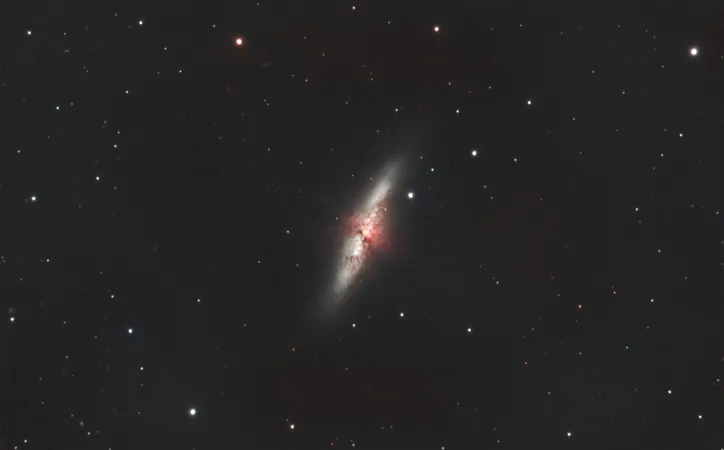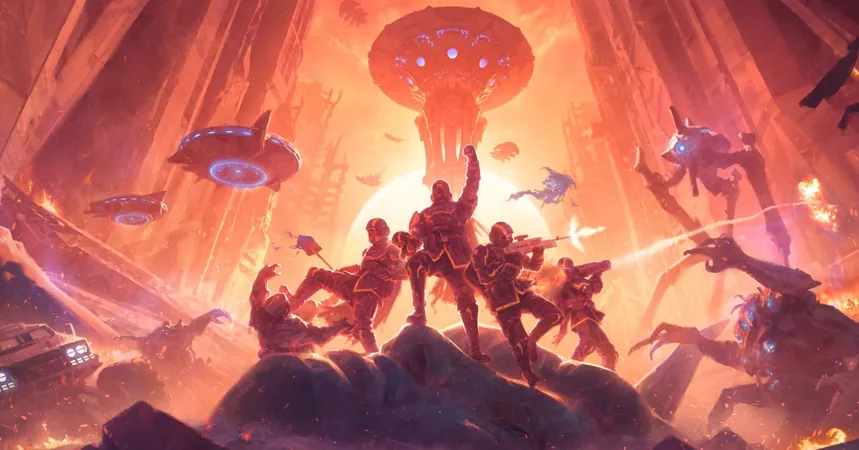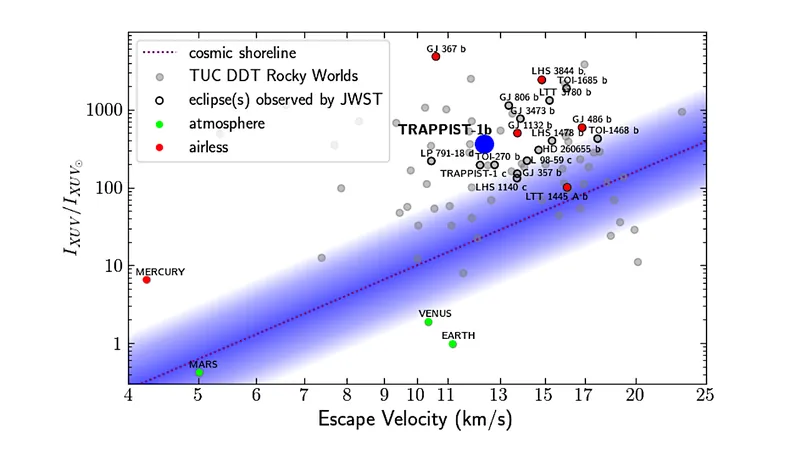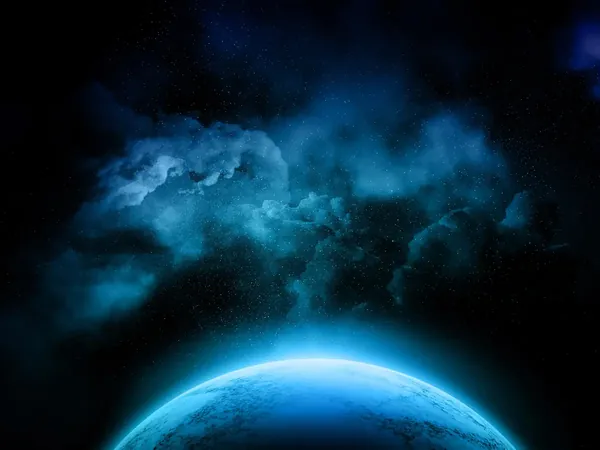
Unlocking the Cosmos: Your Guide to Essential Astronomical Catalogs
2025-09-01
Author: Liam
A Journey Through the Stars Begins!
From ancient civilizations to modern-day astronomers, humanity’s fascination with recording celestial wonders is unparalleled. The Babylonians began their stellar voyage as far back as the 12th century B.C.E., crafting star catalogs filled with constellations and tracking celestial movements.
The Mayans also made their mark, etching intricate calendars and almanacs into stone, documenting everything from planetary alignments to eclipses, and even hinting at the precession of the equinoxes!
The Cosmic Compilers: Our Modern Tools
Fast forward to today, where advanced telescopes and precise timekeeping allow astronomers to pinpoint object locations with remarkable accuracy. Leading the charge is the European Space Agency’s Gaia satellite, which has surveyed around 1 billion stars and celestial bodies. For beginner astronomers, however, the abundance of catalogs can be overwhelming. Let’s demystify some of the most essential!
The Messier Marvels: A Beginner's Best Friend
First up is the Messier Catalog, a treasure trove of 109 dazzling objects, compiled by the 18th-century French astronomer Charles Messier. This list includes bright galaxies, nebulae, and star clusters that could easily be mistaken for comets. Every object is cataloged with an 'M' prefix—for example, the stunning M51, also known as the Whirlpool Galaxy, located in Canes Venatici.
The New General Catalogue: A Universe of 7,840 Objects
Next, we have the New General Catalogue (NGC), established by Danish astronomer John Louis Emil Dreyer in 1888. With 7,840 objects indexed by right ascension, the NGC primarily showcases galaxies but also features nebulae and star clusters. Dreyer’s contributions continued with the Index Catalogues (IC), which add over 5,000 more objects to the astronomical lexicon.
For Nebula Enthusiasts: The Sharpless Catalog
Nebula lovers, rejoice! The Sharpless catalog, created by Stewart Sharpless in 1953, offers a curated list of HII regions, predominantly showcasing emission nebulae rich in hydrogen. This catalog, carrying the Sh 2 label, includes well-known objects like the Lagoon Nebula (Sh 2-25) and expands the celestial map brilliantly for both amateurs and enthusiasts.
Exploring Abell: Two Distinct Catalogs
The Abell catalogs come with a twist—one focuses on rich galaxy clusters while the other catalogs planetary nebulae, both assembled by George O. Abell. The galaxy catalog lists 4,073 groupings, each containing at least 50 galaxies, but are best explored with robust telescopes and clear dark skies. The planetary catalog, published in 1966, features 86 objects, though some have since been reclassified.
Set Sail for the Stars!
These are just a few of the astronomical catalogs that guide amateur astronomers in their celestial explorations. Advanced astrophotographers may encounter even more specialized catalogs in their quests. So grab your telescope, dive into these remarkable records, and embark on your astronomical adventure—happy stargazing!









 Brasil (PT)
Brasil (PT)
 Canada (EN)
Canada (EN)
 Chile (ES)
Chile (ES)
 Česko (CS)
Česko (CS)
 대한민국 (KO)
대한민국 (KO)
 España (ES)
España (ES)
 France (FR)
France (FR)
 Hong Kong (EN)
Hong Kong (EN)
 Italia (IT)
Italia (IT)
 日本 (JA)
日本 (JA)
 Magyarország (HU)
Magyarország (HU)
 Norge (NO)
Norge (NO)
 Polska (PL)
Polska (PL)
 Schweiz (DE)
Schweiz (DE)
 Singapore (EN)
Singapore (EN)
 Sverige (SV)
Sverige (SV)
 Suomi (FI)
Suomi (FI)
 Türkiye (TR)
Türkiye (TR)
 الإمارات العربية المتحدة (AR)
الإمارات العربية المتحدة (AR)